Home>Garden Essentials>What Kind Of Veg Is Okra Crop Rotation
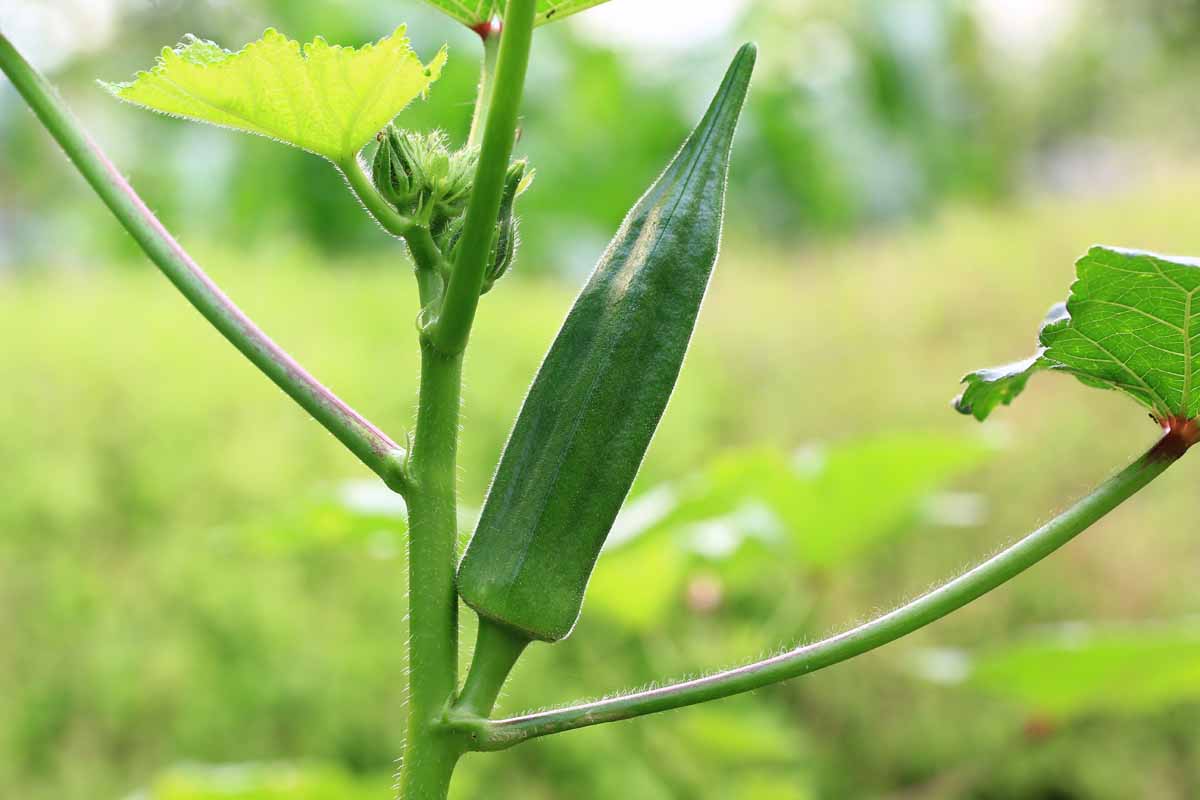

Garden Essentials
What Kind Of Veg Is Okra Crop Rotation
Modified: October 28, 2024
Discover the benefits of incorporating okra into your garden crop rotation. Learn about the different types of vegetables that pair well with this versatile plant.
(Many of the links in this article redirect to a specific reviewed product. Your purchase of these products through affiliate links helps to generate commission for Storables.com, at no extra cost. Learn more)
Introduction
Welcome to the world of gardening, where every plant and crop requires proper care and attention for optimal growth and yield. One essential practice in gardening is crop rotation, a technique that has been used for centuries to maintain soil fertility and reduce the risk of diseases and pests. In this article, we will explore the concept of crop rotation specifically for okra, a popular vegetable known for its unique taste and versatility in culinary preparations.
Crop rotation involves the systematic rotation of different crops in specific areas of the garden or field each planting season. The primary goal is to minimize the depletion of soil nutrients, control soilborne diseases, and manage insect pests that can build up over time. While crop rotation benefits all plants, the specific rotation strategy for okra can greatly enhance its growth and productivity.
Okra, scientifically known as Abelmoschus esculentus, is a warm-season vegetable that thrives in tropical and subtropical regions. It requires well-drained soil, adequate sunlight, and regular watering. By implementing an effective crop rotation plan, you can take advantage of the natural properties of different plants to improve the overall health of the soil and manage specific issues that may affect the growth of okra plants.
In the following sections, we will discuss the benefits of crop rotation, provide an overview of okra crop rotation, and outline the steps for implementing it successfully in your garden. We will also explore the selection of rotation crops for okra, important considerations to keep in mind, and common challenges you may encounter. So, let’s dig in and discover the fascinating world of okra crop rotation!
Key Takeaways:
- Okra crop rotation helps keep the soil healthy and reduces pests and diseases, leading to better okra harvests. By alternating okra with different crops, you can create a thriving garden ecosystem.
- Choosing the right rotation crops and following a well-planned schedule is key to successful okra crop rotation. It helps maintain soil fertility, manage pests, and ensure healthy and abundant okra harvests.
Read more: What Was Crop Rotation?
Benefits of Crop Rotation
Crop rotation offers numerous benefits that contribute to the overall health and productivity of your garden. By diversifying the plants in your rotation plan, you can:
- Improve Soil Fertility: Different crops have varying nutrient requirements. By rotating crops, you can prevent the depletion of specific nutrients in the soil, as each crop extracts different elements from the soil. This helps to maintain a balanced nutrient profile and improve soil fertility.
- Control Soilborne Diseases: Certain plants are susceptible to specific diseases that can linger in the soil. By rotating crops, you reduce the risk of disease recurrence as different plants have different susceptibilities. This helps to break the lifecycle of pathogens, minimizing their impact on the following crop, including okra.
- Manage Insect Pests: Insects can become a nuisance in any garden, causing damage and reducing crop yields. By rotating crops, you can disrupt the life cycles of pests, making it more difficult for them to establish and reproduce. This can significantly reduce the population of pests that target okra plants.
- Enhance Weed Control: Different crops have varying abilities to compete with weeds. By rotating crops, you can disrupt weed growth cycles and reduce their impact on the subsequent crop. This helps to minimize weed competition and allows okra plants to grow more efficiently.
- Prevent Nutrient Imbalance: Some crops are heavy feeders, meaning they require high levels of specific nutrients. By rotating crops that have different nutrient needs, you can prevent the accumulation or depletion of certain nutrients. This helps to maintain a balanced nutrient profile in the soil, promoting healthy growth for subsequent okra crops.
Overall, crop rotation is a sustainable and effective practice that benefits not only okra but the entire garden ecosystem. By implementing a well-planned rotation schedule, you can create a harmonious environment that promotes plant health, minimizes the risk of diseases and pests, and maximizes the yield and quality of your okra crops.
Overview of Okra Crop Rotation
Implementing a proper crop rotation plan for okra involves strategically alternating different crops in the same planting area over multiple seasons. The goal is to break the lifecycle of pests and diseases that specifically affect okra plants while ensuring the long-term health and fertility of the soil.
The key principle in okra crop rotation is to avoid planting related crops in consecutive seasons. Okra belongs to the Malvaceae family, which includes other plants like cotton and hibiscus. These plants share similar pests and diseases, so it is important to avoid planting them one after the other to prevent the buildup of pathogens and insect pests.
One effective rotation strategy for okra is to follow a three to four-year cycle. This means that okra should not be planted in the same area for at least three to four years, allowing enough time for pest and disease populations to decline naturally.
During the rotation cycle, it is essential to select crops that have different susceptibility to pests and diseases compared to okra. Ideally, choose crops that are not from the same family or have similar cultivation requirements. This helps to minimize the risk of cross-contamination and ensures the health of the overall rotation plan.
Additionally, incorporating cover crops such as clover, buckwheat, or vetch in between okra plantings can further improve soil health. These cover crops add organic matter to the soil, enhance nutrient cycling, and suppress weed growth.
The success of okra crop rotation relies on careful planning and adherence to the rotation schedule. By implementing a rotation plan specifically tailored for okra, you can significantly reduce pest and disease pressure, promote soil fertility, and achieve consistent and healthy okra harvests year after year.
Steps for Implementing Okra Crop Rotation
Implementing an effective okra crop rotation plan requires careful planning and attention to detail. Follow these steps to ensure successful implementation:
- Assess your garden: Evaluate the space you have available for planting okra and other rotation crops. Consider factors such as sunlight exposure, soil condition, and drainage to determine the suitability of different crops.
- Create a rotation schedule: Develop a rotation schedule that spans three to four years, avoiding planting okra or related crops in the same area for consecutive seasons. Plan out the crops you will rotate with okra each year.
- Select rotation crops: Choose crops that are not closely related to okra and have different pest and disease vulnerabilities. Consider factors such as nutrient requirements, growth habits, and harvest times. Some suitable rotation crops for okra include legumes, leafy greens, brassicas, and root vegetables.
- Prepare the soil: Prior to planting each rotation crop, prepare the soil by removing any weeds, loosening it with a garden fork or tiller, and adding organic matter such as compost or well-rotted manure. This will help maintain soil fertility and structure.
- Plant rotation crops: Follow the recommended planting guidelines for each rotation crop. Space the plants appropriately, ensuring they have enough room to grow and receive adequate sunlight and nutrients. Be mindful of crop spacing requirements to avoid overcrowding.
- Maintain crop health: Regularly monitor each rotation crop for signs of pests, diseases, or nutrient deficiencies. Implement appropriate pest management and disease prevention strategies, such as using organic insecticides and fungicides, practicing good sanitation, and providing proper watering and fertilization.
- Harvest and clean up: Harvest each rotation crop at the appropriate time. Remove any plant debris and weeds to prevent the buildup of pests and pathogens. Properly dispose of or compost the plant residues.
- Rotate back to okra: After three to four years of rotating different crops, it’s time to reintroduce okra to the original planting area. By this time, pest and disease populations should have decreased significantly, providing a fresh start for your okra plants.
Remember, consistency and adherence to the rotation schedule are key to the success of okra crop rotation. By following these steps, you can establish a sustainable rotation plan that promotes optimal soil health, minimizes pest and disease pressure, and ensures the long-term productivity of your okra crops.
Rotate okra with crops from different plant families, such as tomatoes or peppers, to reduce the risk of disease and pest buildup in the soil. This can help maintain soil health and improve overall yield.
Selecting Rotation Crops for Okra
When it comes to selecting rotation crops for okra, it is important to choose plants that are not closely related to okra and have different vulnerabilities to pests and diseases. This not only helps to break the lifecycle of pathogens and pests that specifically target okra but also allows the soil to replenish its nutrients naturally. Here are some factors to consider when selecting rotation crops:
- Plant Family: Avoid selecting plants from the same family as okra, such as cotton or hibiscus. These plants share common pests and diseases and may exacerbate the issues for okra in subsequent seasons. Opt for crops from different families to diversify the garden ecosystem.
- Pest Resistance: Look for rotation crops that are known for their resistance to pests that commonly affect okra, such as nematodes, aphids, or caterpillars. Resistant plants act as natural deterrents, reducing the overall pest pressure in the garden.
- Disease Susceptibility: Choose crops that are less susceptible to diseases that can affect okra, such as Fusarium wilt or bacterial leaf spot. By selecting plants with different disease vulnerabilities, you decrease the chances of pathogens establishing and spreading throughout the garden.
- Growth Habit: Consider the growth habit of rotation crops and how it can benefit the overall garden. For example, legumes like peas or beans can fix nitrogen in the soil, enhancing fertility for subsequent crops like okra. Leafy greens and brassicas, on the other hand, provide additional organic matter when incorporated as green manure.
- Complementary Nutrient Needs: Opt for rotation crops that have different nutrient requirements than okra. This helps to prevent nutrient imbalances in the soil and ensures that the subsequent okra crop receives the necessary nutrients for healthy growth.
- Succession Planting: Consider incorporating crops with different harvest times to maximize the use of the planting space. This allows you to have a continuous supply of fresh produce while still adhering to the rotation schedule.
Some suitable rotation crops for okra include beans, peas, spinach, lettuce, radishes, carrots, cucumbers, and sweet potatoes. However, the specific selection will depend on your growing region, availability of seeds or seedlings, and personal preferences.
Remember to keep a record of your rotation crops and maintain proper crop rotation documentation to ensure you adhere to the rotation schedule effectively. By selecting the right rotation crops, you can create a balanced and resilient garden ecosystem while promoting the health and productivity of your okra plants.
Read more: What Is Crop Rotation Strip Cropping
Key Considerations for Okra Crop Rotation
Implementing crop rotation for okra requires careful consideration of various factors to ensure the success of your rotation plan and the healthy growth of your okra plants. Here are some key considerations to keep in mind:
- Rotation Schedule: Develop a rotation schedule that spans at least three to four years. Avoid planting okra or related crops in the same area consecutively to minimize the risk of pest and disease buildup.
- Soil Health: Assess the soil health regularly to determine its nutrient levels, pH level, and structure. Amend the soil as needed with organic matter, such as compost or well-rotted manure, to maintain optimal soil fertility and structure for the growing rotation crops.
- Pest and Disease Management: Take proactive measures to manage pests and diseases in your garden. Regularly inspect plants for signs of infestation or disease and promptly address any issues. Practice good sanitation, encourage natural predators, and consider using organic pest control methods to minimize the impact on rotation crops, including okra.
- Companion Planting: Utilize the concept of companion planting to enhance the benefits of crop rotation. Some plants have natural pest-repellent properties or attract beneficial insects that help control pests. Planting compatible crops together can create a harmonious environment that supports the growth of rotation crops and okra.
- Succession Planting: Plan your planting schedule strategically to ensure a continuous harvest throughout the growing season. This ensures that there is little to no gap between the harvest of one rotation crop and the subsequent planting of the next crop, thus maximizing the use of available space and resources in your garden.
- Record Keeping: Maintain detailed records of your rotation plan, including the crops grown in each designated area and the dates of planting and harvesting. This helps you stay organized and track the progress of your rotation schedule, ensuring that you adhere to the planned timeline without confusion.
- Observation and Adaptation: Observe the performance of each rotation crop and make adjustments as necessary. Keep notes on the success or challenges faced with each crop, including interactions it may have had with pests, diseases, or neighboring plants. Learning from your experiences will help refine your future rotation plans.
By considering these key factors, you can optimize your okra crop rotation plan and create a thriving garden ecosystem. Paying attention to soil health, pest and disease management, and the overall well-being of your rotation crops will result in healthy and abundant harvests of okra and other vegetables.
Common Challenges in Okra Crop Rotation
While implementing crop rotation for okra offers numerous benefits, there are some common challenges that gardeners may encounter. Being aware of these challenges can help you prepare and address them effectively. Here are some of the common challenges in okra crop rotation:
- Pest and Disease Carryover: Despite implementing crop rotation, pests and diseases can still persist in the soil or surrounding areas. Some pests and pathogens have long lifecycles or can survive on alternate hosts, making it challenging to completely eliminate them through rotation alone. Regular monitoring, timely interventions, and practicing good sanitation are crucial to control carryover pests and diseases.
- Limited Planting Space: Gardeners with limited space may find it challenging to implement proper crop rotation for okra. In such cases, container gardening or vertical gardening techniques can be utilized to maximize the use of available space. Additionally, focusing on crop rotation for small sections of the garden or incorporating companion plantings can still provide some benefits.
- Availability of Rotation Crops: Finding suitable rotation crops for okra can be a challenge, especially if you have specific preferences or live in regions with limited availability of seeds or seedlings. It is helpful to plan ahead and source your rotation crops from reputable nurseries or seed companies. You can also explore local farmer’s markets or seed exchanges to find unique and suitable rotation crops.
- Different Growth Requirements: Rotation crops may have different growth requirements, such as water, sunlight, or soil conditions, than okra. It is important to carefully research the needs of each rotation crop and ensure that the growing conditions are appropriate for all plants in the rotation plan. Proper site preparation and bed preparation techniques can help create an environment suitable for multiple crops.
- Managing Weeds: Weeds can pose a challenge in any garden, and crop rotation alone may not completely eradicate them. Implementing mulching, hand weeding, or using organic weed control methods can help suppress weed growth and prevent them from competing with rotation crops, including okra.
- Adapting to Location and Climate: Okra’s growth and performance can vary based on geographical location and climate. It is essential to choose rotation crops that are well-adapted to your specific region. Consider consulting with local gardening experts, extension offices, or experienced gardeners in your area to get recommendations tailored to your location.
Overcoming these challenges requires careful planning, regular maintenance, and adaptability. By staying vigilant and addressing issues as they arise, you can navigate the common challenges in okra crop rotation and achieve successful and flourishing okra crops year after year.
Conclusion
Crop rotation is a valuable practice in maintaining soil health, managing pests and diseases, and optimizing the growth and yield of plants. When it comes to okra crop rotation, careful planning and consideration are crucial for successful implementation. By alternating the planting of okra with rotation crops that have different susceptibilities, nutrient requirements, and growth habits, you can ensure the long-term health and productivity of your garden.
Throughout this article, we have explored the benefits of crop rotation, provided an overview of okra crop rotation, and discussed the steps for implementing it effectively. We have also delved into selecting rotation crops suitable for okra and highlighted important considerations and common challenges in the process.
Crop rotation offers numerous advantages, including enhanced soil fertility, controlled soilborne diseases, managed insect pests, improved weed control, and prevented nutrient imbalances. By diversifying your garden and following a well-planned rotation schedule, you can create a sustainable gardening ecosystem that supports the health and productivity of your okra plants.
Remember to maintain proper documentation of your rotation plan, regularly monitor your rotation crops, and adapt your strategies as needed. Stay proactive in managing pests, diseases, and weeds, and ensure you are meeting the specific growth requirements of each rotation crop. By doing so, you will maximize the benefits of crop rotation and enjoy robust and fruitful harvests of delicious okra.
So, embrace the practice of crop rotation, get your hands dirty, and watch your okra garden thrive. Happy gardening!
Frequently Asked Questions about What Kind Of Veg Is Okra Crop Rotation
Was this page helpful?
At Storables.com, we guarantee accurate and reliable information. Our content, validated by Expert Board Contributors, is crafted following stringent Editorial Policies. We're committed to providing you with well-researched, expert-backed insights for all your informational needs.



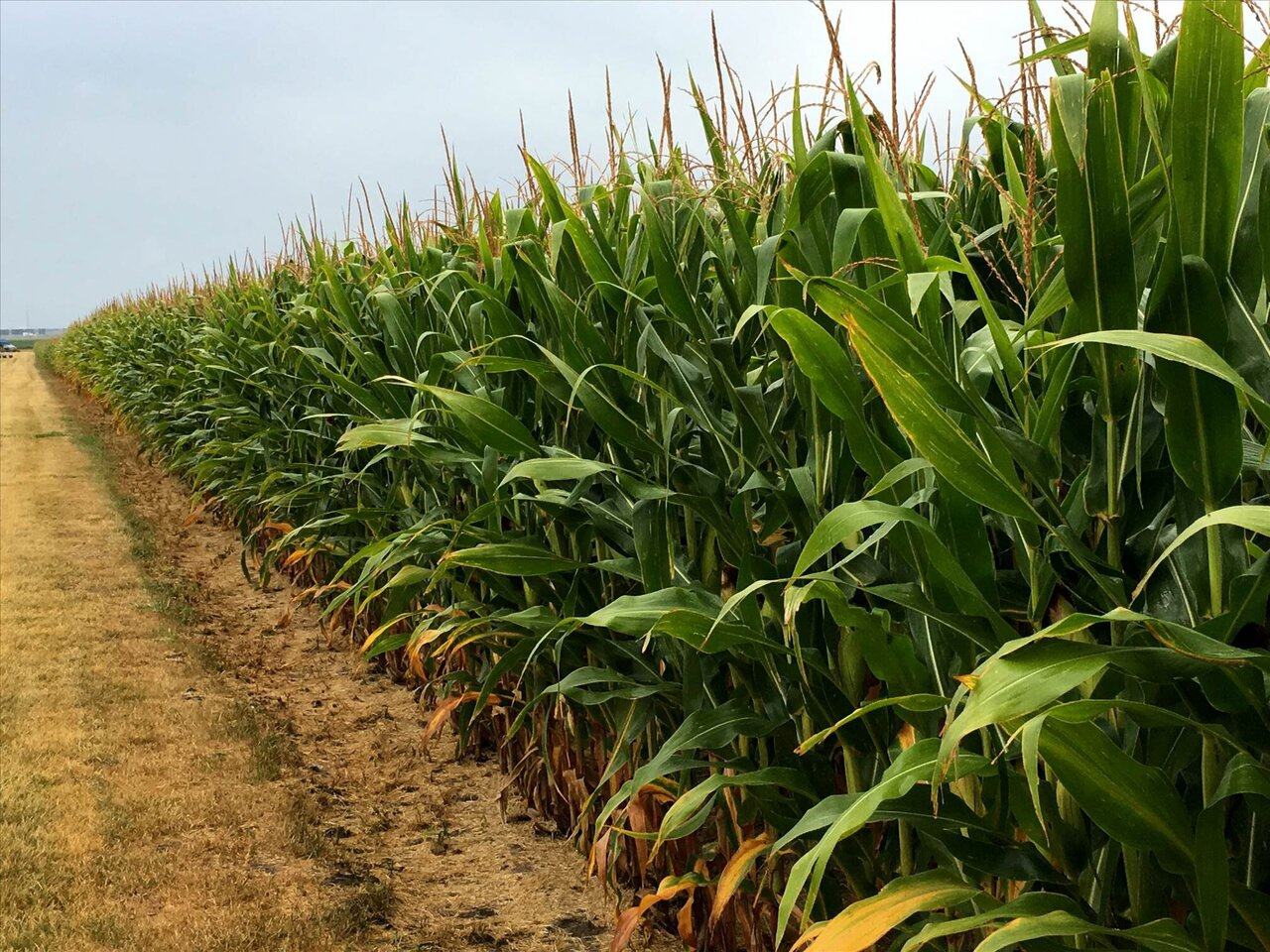
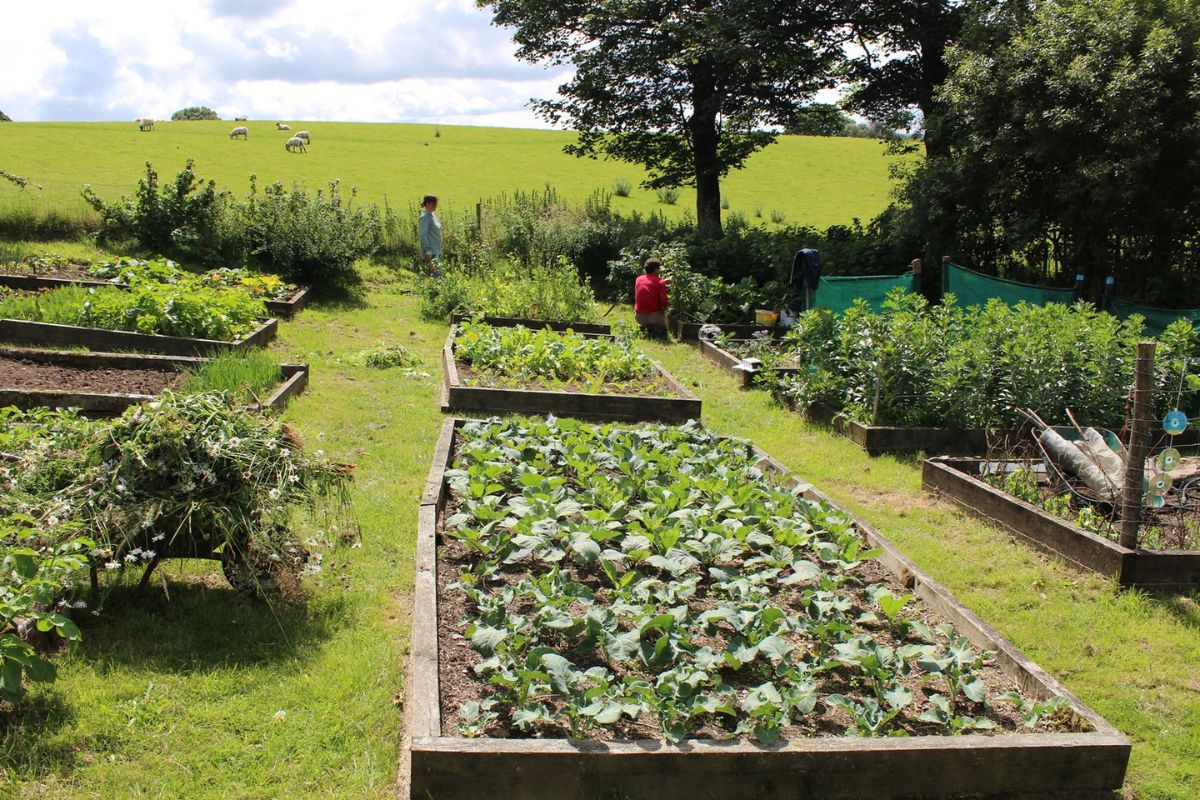



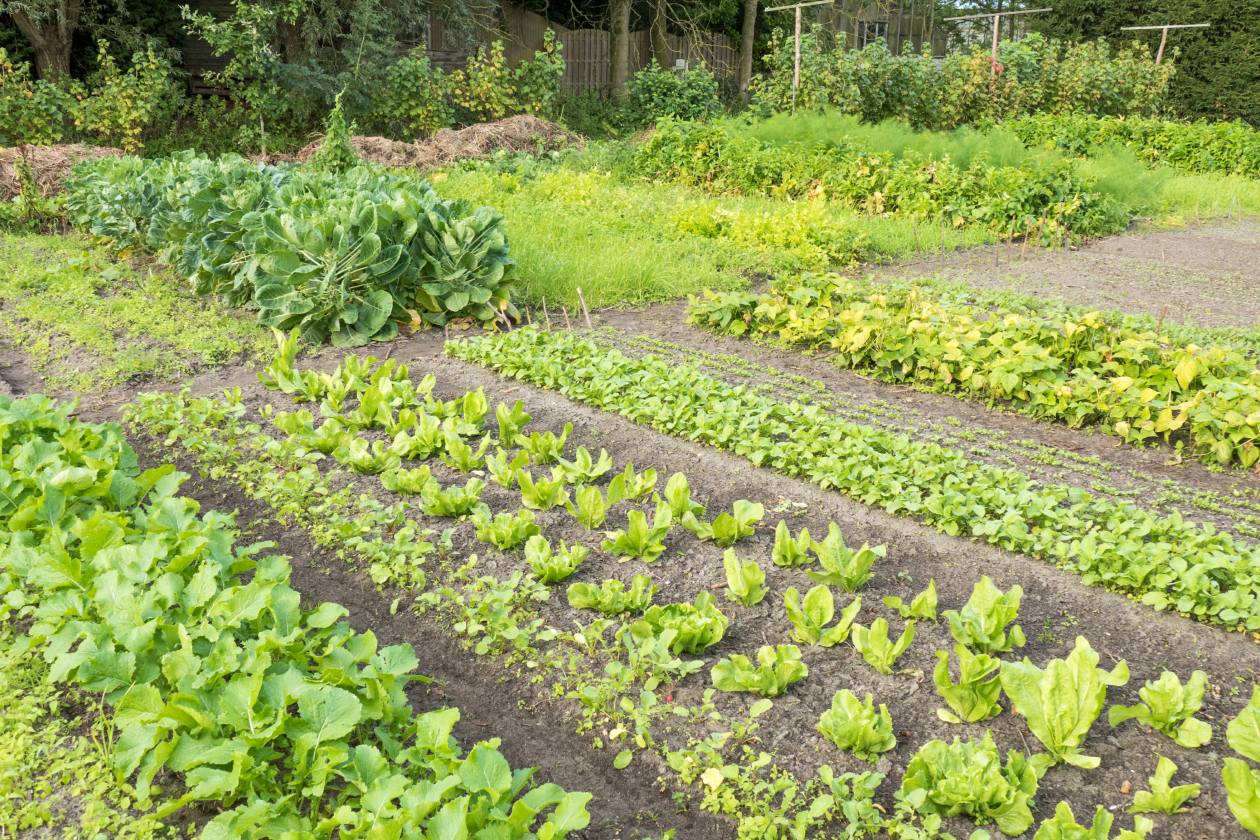
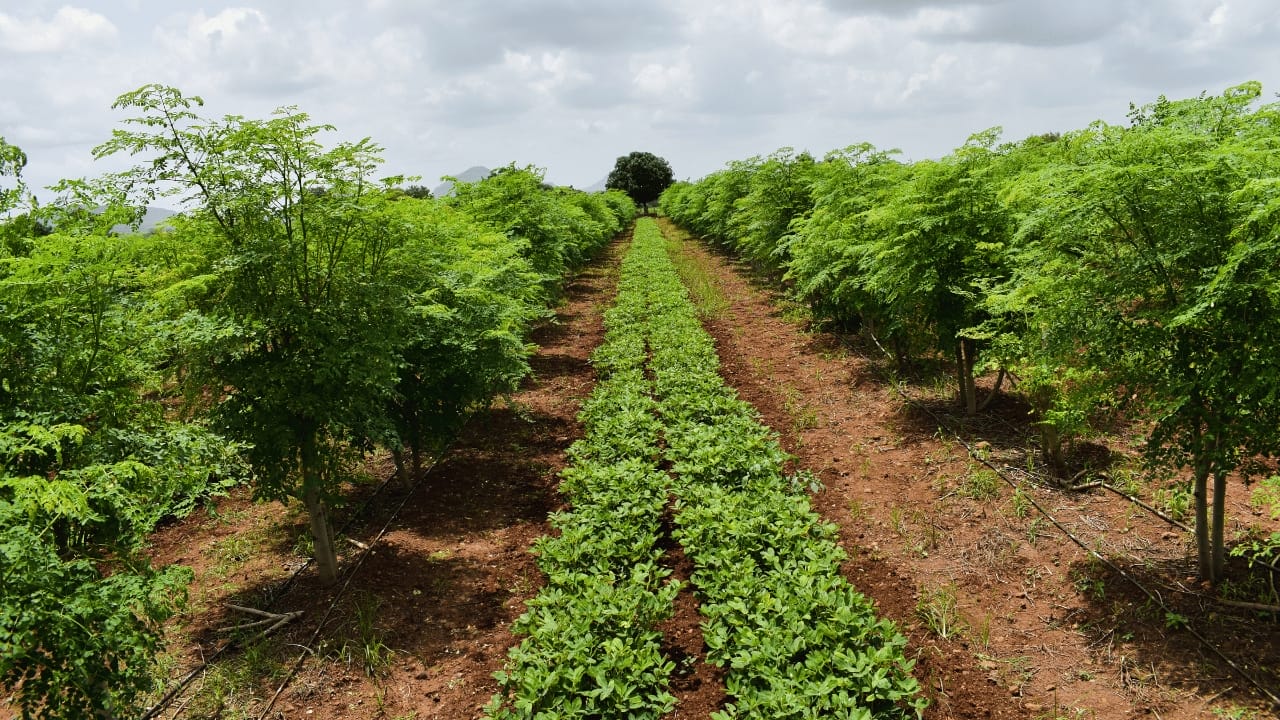

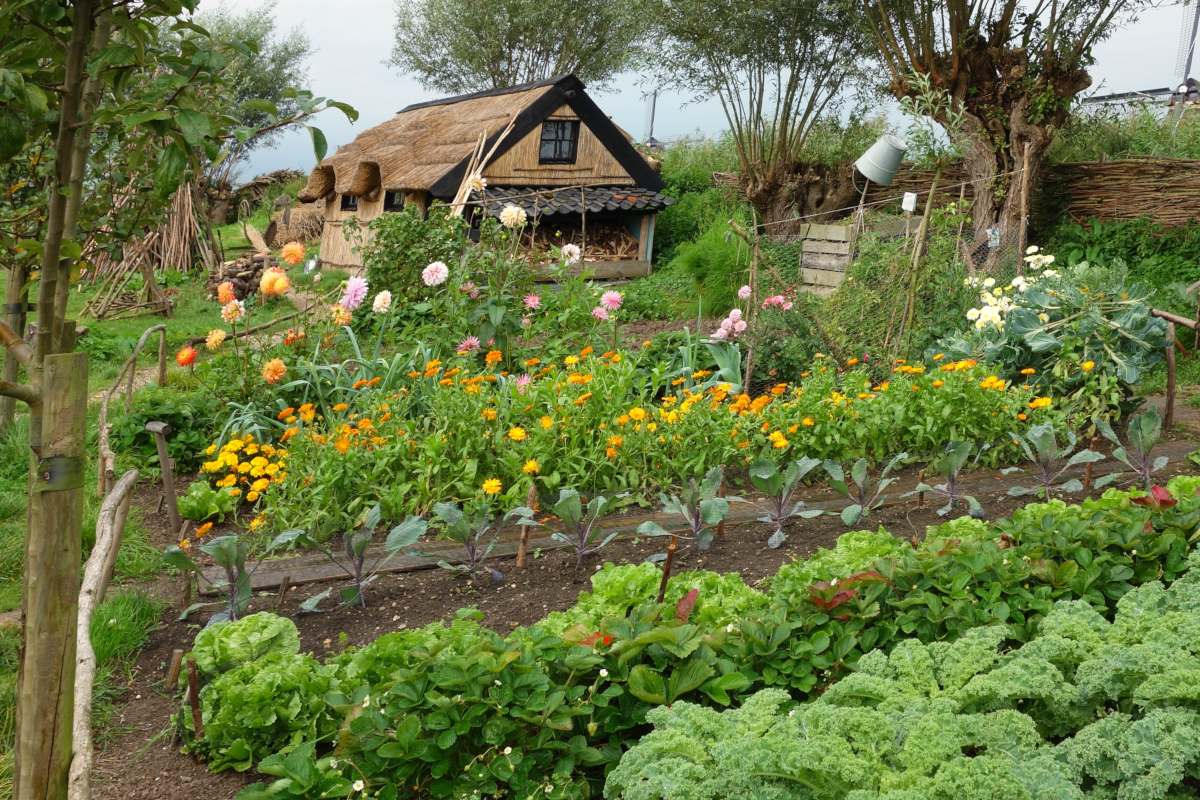
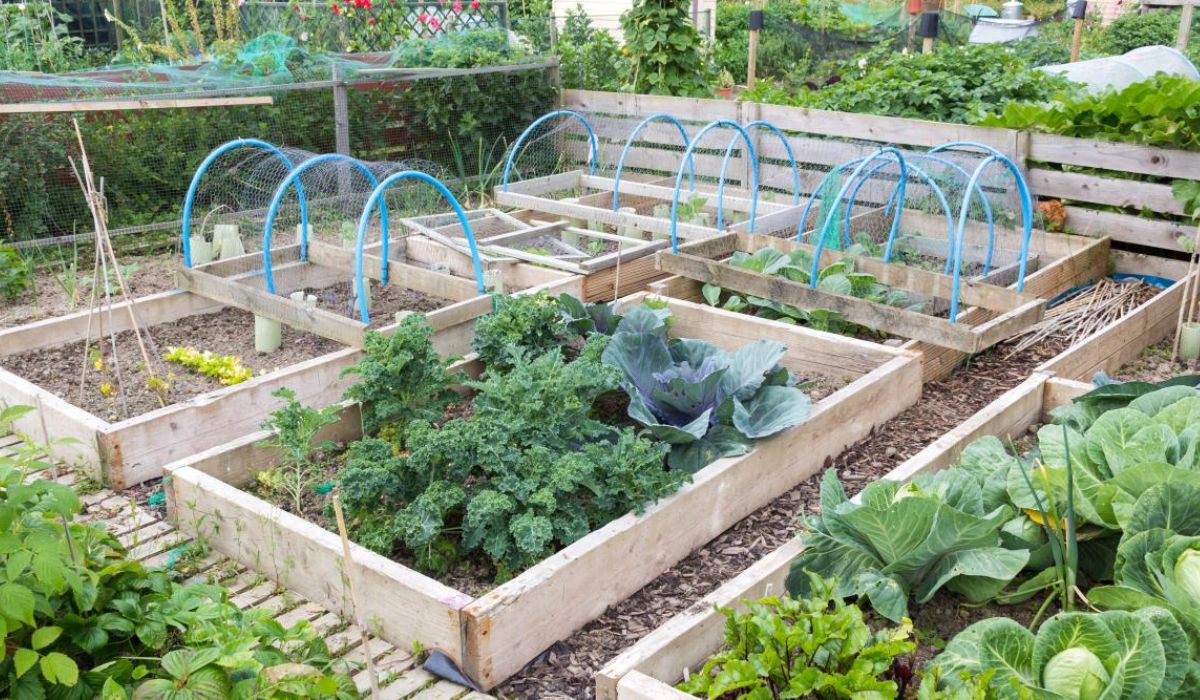
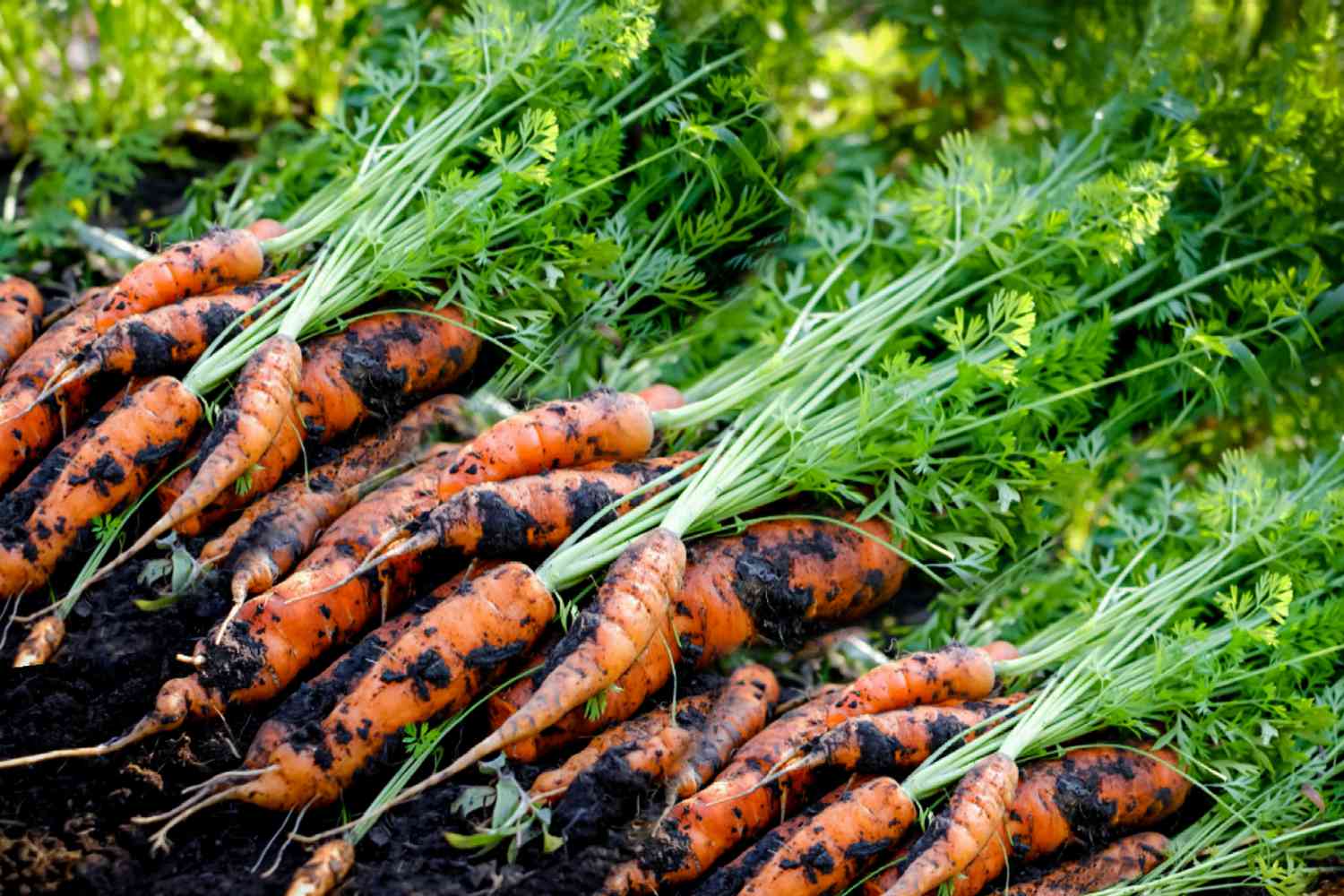

0 thoughts on “What Kind Of Veg Is Okra Crop Rotation”